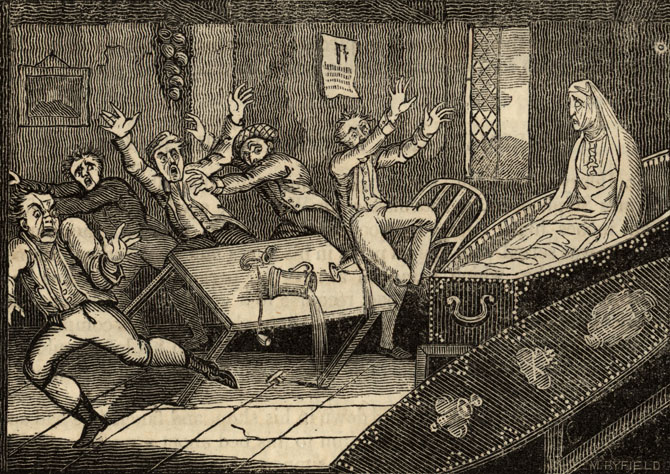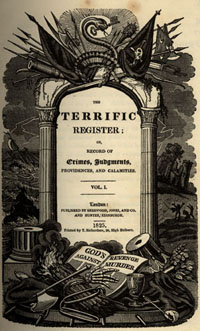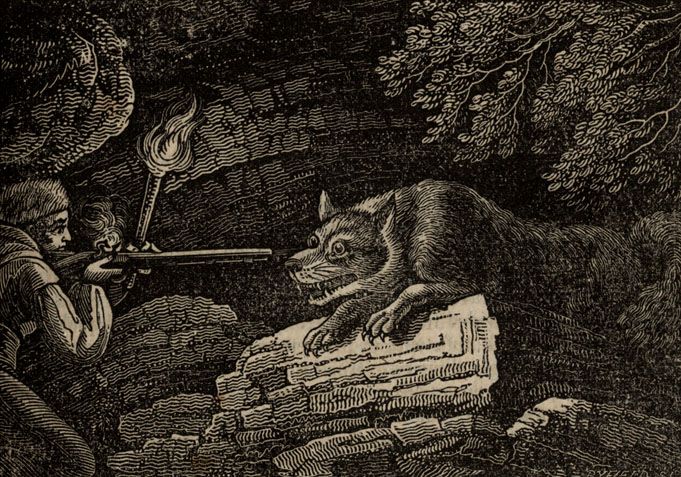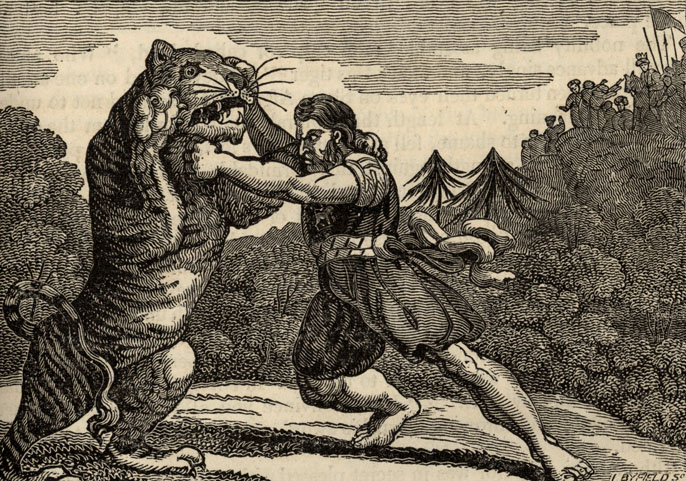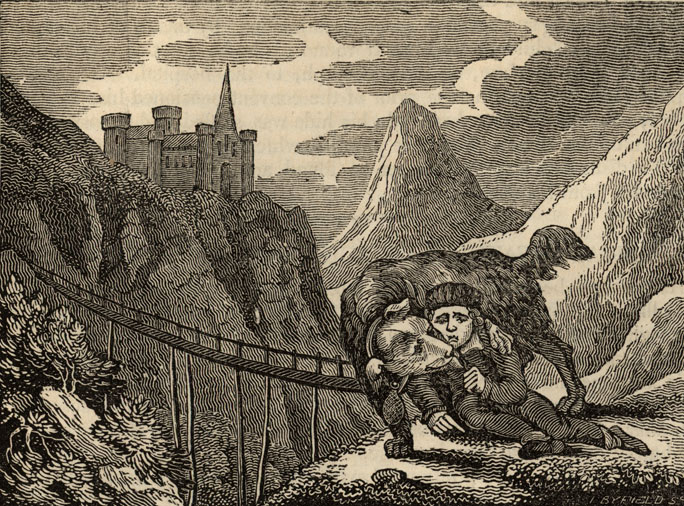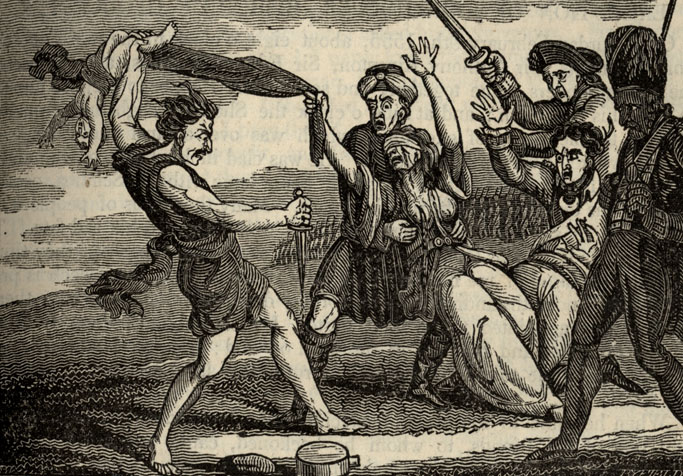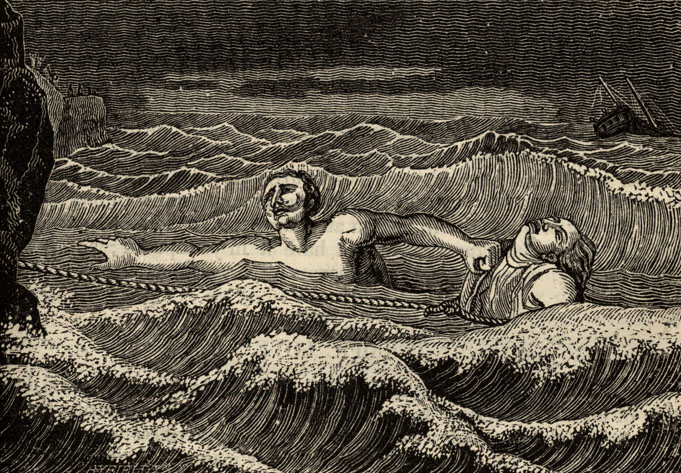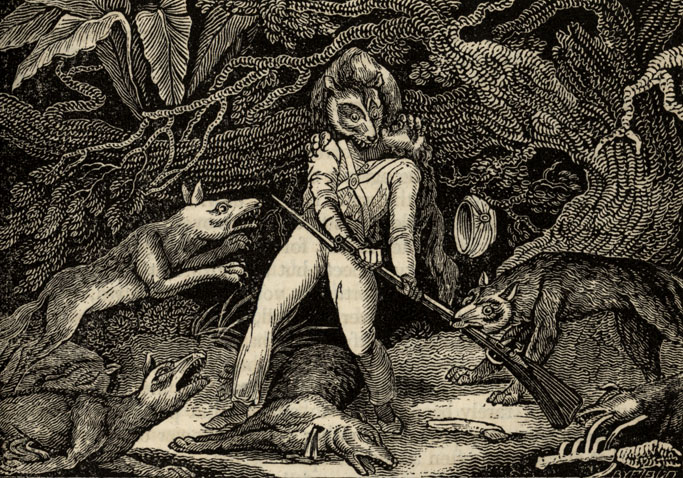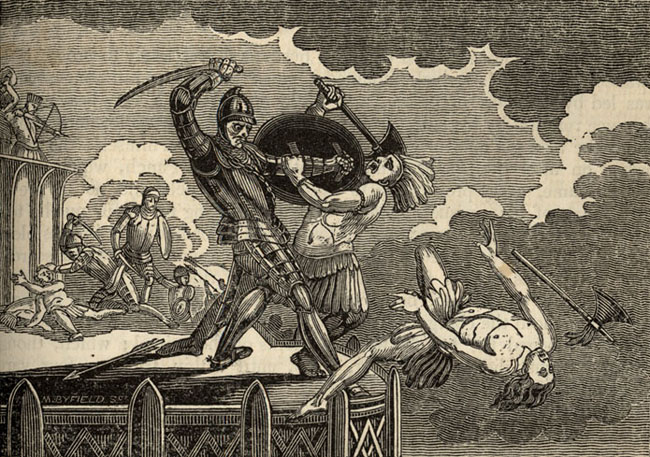London: Published by Sherwood, Jones and Co. and Hunter, Edinburgh, 1825. Printed by T. Richardson, 98, High Holborn.
Article by Lilia Walsh
A while ago, Kevin Grace asked me to pick a favorite book from the Archives and Rare Books collection and write a blog post about it. I felt daunted by the prospect of choosing a favorite from all the volumes in our collection, and other projects came up, allowing me to put off picking a ‘favorite child’, for a while at least. Now that I have completed those other projects, and am in my last week of working at the Archives and Rare Books library, the question has inevitably come back around.
I thought about all the books that had stuck out for me, the volumes that had distracted me from my shelving and inspired me to spend a few minutes paging through an interesting looking volume. I thought about the folio of Aubrey Beardsley’s work, the book on ‘American Aborigines”, the tiny book with the dramatic latch closure, and the block covered with cuneiform writing. Ultimately though, I just couldn’t choose one.
I feel lucky that I have been able to peruse the collections at the Archives and Rare Books library in a way that most people cannot. I can simply walk among the shelves, pulling down anything that looks interesting. So, this is how I found my ‘favorite’ book, more or less by random. While shelving on the ninth floor I spotted an interesting title: Terrific Register and decided to take a look. The volume, published in 1825, turned out to be a ‘National Enquirer’ or ‘Weekly World News’ style collection of salacious, disgusting, and scary stories, complete with illustrations. The illustrations are woodcuts, by an un-credited, but evidently talented artist. The illustrations all appear to have been completed by the same person. Terrific Register was initially published as a cheap weekly serial, or ‘penny dreadful’, which Charles Dickens read as a child, and later reported that it had “frightened my very wits out of my head.” This book seems to be a collection of those weekly publications into a multivolume set. It is possible that this influenced the way Dickens marketed his work when he became an author, publishing his books chapter by chapter in serial format.
The preface states: “Satisfied that the real welfare of mankind ought to be the object of our labors, we were persuaded that by selecting from the histories of individuals and of empires, instances of suffering, induced by human folly, and of crime, perpetrated by human depravity, we should excite that sympathy, and arouse that indignation which are essential to the end we had in view. For this purpose, we ransacked the various sources of information open to us, and have brought into a focus a vast body of matter that lay scattered and even concealed from public inspection; and this matter it is impossible to peruse without the most intense interest” (i).
The editors continue, “Who can, unmoved, contemplate the resolves and decrees of bloody-minded men or those awful calamities by which the fiat of heaven frequently overwhelms us? As meditation is necessarily salutary, we have invited man to scrutinize his fellow in his worst estate, and have accordingly laid before him accounts of barbarities inflicted by savage hordes; cruel punishments with which crime has been visited; barbarous murders; atrocious assassinations and diabolical cruelties; bloody duels and sanguinary conflicts; daring villainies, frauds, plots, conspiracies, and rebellions; remarkable robberies, piracies, executions, and persecutions for conscience sake” (i).
The stories in this volume range in length from a few sentences to several pages. A number of them tell the stories of horrible crimes, but many also depict acts of charity and heroism. Several illustrations depict a human fighting an animal, usually to protect a town terrorized by their menace.
Among the historical stories are: ‘Execution of Louis XVI’, ‘Dreadful Plague of London’ an eyewitness report of the resurgence of the ‘Black Death’, and ‘Account of the Earthquake at Lisbon, by a Spectator’, which are all accounts of real events. Others, which feature unnamed ‘gentlemen’, are not as evidently true, such as ‘Murder Prevented by a Dream’. Another, which tells the story of guides attempting to shut visitors inside an Egyptian tomb, is also difficult to verify.
One story: ‘Dog Eaters,’ tells of the population of Casalnuovo, Italy, which had eaten all of the dogs in their area, initially seemed outlandish and fabricated. However, when I looked into it, I found references to cat consumption in Italy, including an Italian cooking show host who was suspended from his job in 2010 for stating that cat stew is a Tuscan delicacy which he has enjoyed many times. Perhaps The Terrific Register got the type of domesticated animal wrong, but the authors were not so far off the mark.
‘Desolate Island’ tells the story of Alexander Selkirk, a Scottish sailor and explorer, who in 1704 stayed voluntarily on Juan Fernandez Island, off the coast of Chile, because he thought his ship was no longer seaworthy. He was counting on another ship passing that way soon, but ended up living on the island for four years with only a musket, gunpowder, carpenter’s tools, a knife, a Bible, some clothing, and rope to aid him in his survival.
Other stories did not prove so easily validated. ‘A child born with three eyes’ – states that a child was born in Durham in 1609 with three eyes, all of a different color, and that a similar child is preserved in the British Museum’s collection, but I have been unable to find any record of that. Overall, I was surprised by how many articles (which included searchable names and locations), turned out actually to be true. I suppose that truth is indeed stranger than fiction.
Every title, salacious or simple, hints at a fascinating story: ‘Jew Saved’, ‘Intrepid Mariner’, ‘Parental Affection’, ‘Barbarity to Prisoners’, ‘Black Hole of Calcutta’, ‘Love, Revenge, and Suicide’, ‘An Archbishop Devoured by Rats’, ‘Female Wickedness’, and a great number of them focus on fate and retribution, such as‘ God’s Revenge Against Murder’.
Some of the stories are clearly fact, torn from the pages of history, while some are likely completely fabricated works of fiction. Numerous others fall somewhere in between. It seems plausible they could have occurred, but there is no way to prove it. Many stories, of individual criminals or crimes of passion, were likely just not important enough to leave a permanent mark on history. It is fascinating to think that humanity is not just acquiring knowledge constantly, but slowly losing and re-collecting pieces of it over time. The Internet especially narrows our selective awareness. If it isn’t online, isn’t google-able, it didn’t happen. It is interesting to think what heroic characters, ferocious battles, or medical knowledge we have simply lost through the shuffle of history. What did people once know that has now been forgotten?
I remember listening to an American Life story once in which a woman had uncovered the truth about her grandfather’s kidnapping by searching through archives and news clippings in the American South (‘The Ghost of Bobby Dunbar’, March 14, 2008). The ‘discovery’ of documents in existing archives can reveal personal and historical information in a form of archival archaeology. Many of our visitors come to uncover some of their family history in our archives.
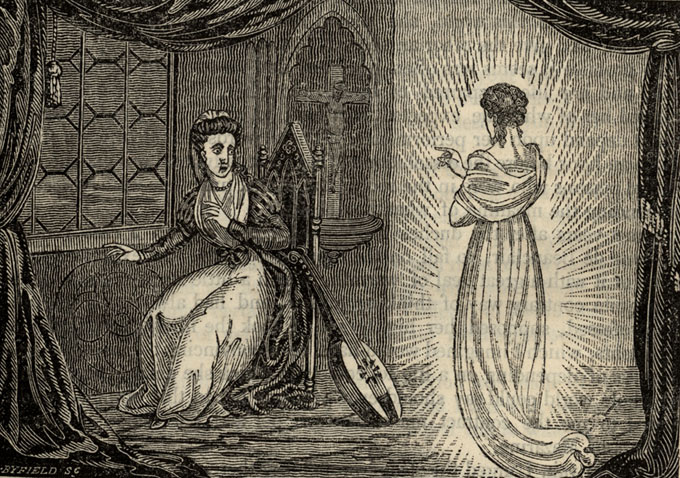
Apparition of the Duchess of Mazarine, Mistress to Charles II to Madame De Beauclair, Mistress to James II
At the Archives & Rare Books Library, we are always reporting interesting finds to each other: a volume autographed by the author, a hilarious illustration, unexpectedly beautiful artwork, applications for federal funds to teach taxidermy, a budget for a parade that included renting a calliope, or a letter signed by Richard Nixon. This is one of the most exciting things about working here; you never know what you could find, but it is always fascinating. It is exciting to think what history is still idling in the stacks, waiting to be re-discovered.

